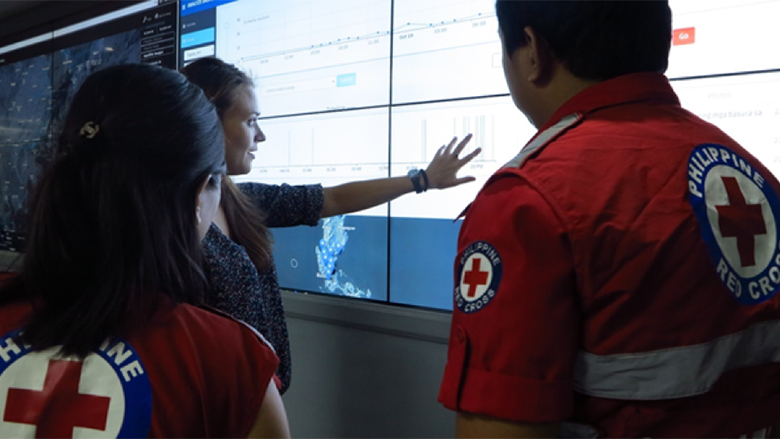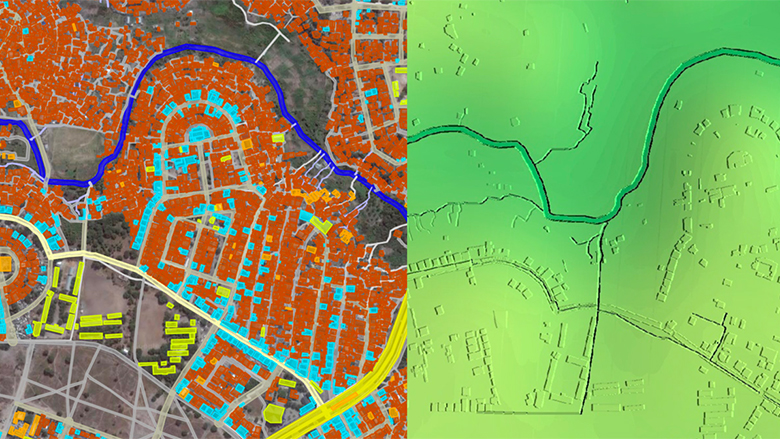In drought-prone regions like the Sahel, a dry, sun-drenched part of Northern Africa that runs from the Atlantic Ocean to the Red Sea, the lack of water is a harsh and inescapable reality for millions. Increasingly dangerous, however, are sudden deluges of the very same precious resource. Flooding, a somewhat contradictory hazard for such a parched landscape, is increasing in frequency and intensity throughout the region, in large part due to the destabilizing effects of climate change. Over the last four decades, in fact, Sub-Saharan Africa has experienced more than one thousand disasters, many related to extreme weather. This increasing flood risk is compounded by the rapid unplanned urbanization and the lack of vital public infrastructure that lamentably characterize the region. Major flooding now afflicts the Sahel on a near-annual basis, destroying crops, washing away homes and livelihoods, and exacerbating water-borne diseases.
In spite of these growing impacts, it is still difficult for development agencies to justify investments in expensive weather monitoring systems, such as Doppler radar, which uses microwaves to determine the size and velocity of storm cells, that would enable more timely response and preventative measures. However, the World Bank-managed Global Facility for Disaster Reduction and Recovery (GFDRR) is working to catalyze new technologies in the field of disaster risk identification in order to bring down costs and build up resilience.
Last year, GFDRR and the UK’s Department for International Development (DFID) launched the Challenge Fund, a unique financing initiative aimed at harnessing innovation to provide cutting edge solutions in the field of disaster risk identification. After a single call for proposals, the Challenge Fund received hundreds of applications from teams all over the world. One team, the Institut de Recherche pour le Développement (IRD), had an interesting proposal to help weather services better monitor flood risk in the Sahel.
With the challenge of limited government funding and capacity, IRD’s proposal to take advantage of one of the public resources that African countries seem to ubiquitously enjoy—cell phone access—seemed especially attractive. Thanks to a phenomenon called path attenuation, in which the power of electromagnetic waves is diminished by reflecting or refracting off objects (such as raindrops), experts can now use the loss of cellular signal during weather events to accurately model rainfall patterns and predict the path of a storm.
As the cellular network grows, so too does the accuracy of the measurements, meaning this method is particularly suited to Africa’s densifying and cellular-heavy urban areas. Moreover, major cellular providers in the region of Ouagadougou, the capital city of Burkina Faso, agreed to provide this data for free for a pilot project facilitated by the IRD and other international partners. This project developed a flood early warning system for the authorities using cellular data from the towers.


